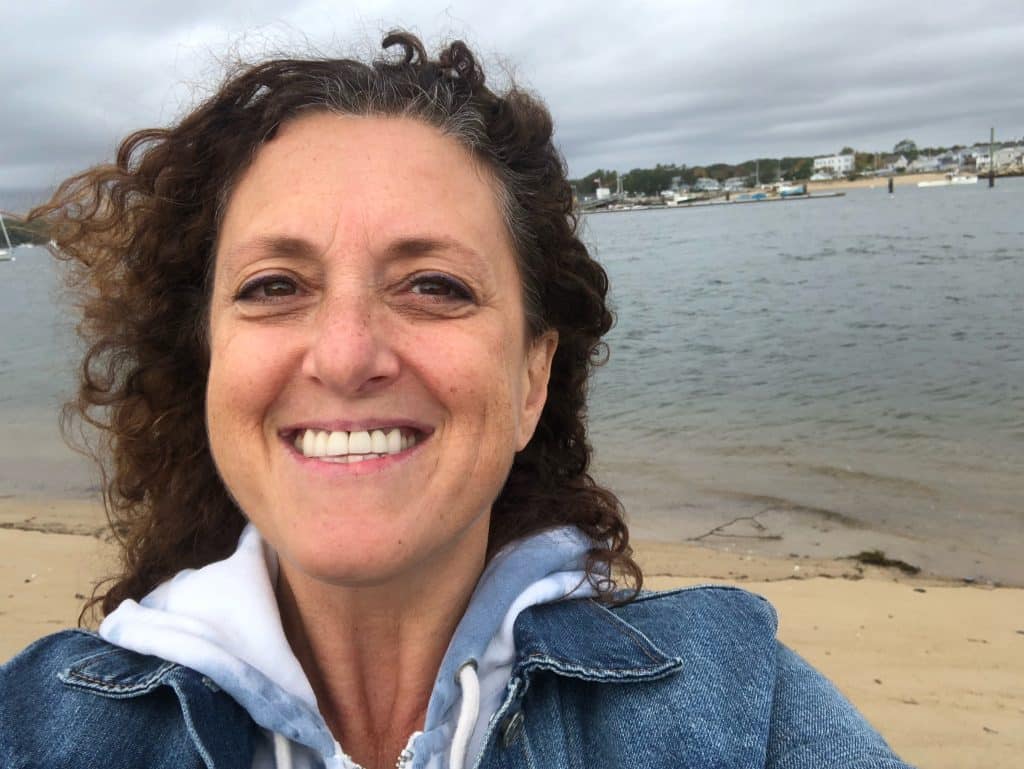Have you signed up for The Educator’s Room Daily Newsletter? Click here and support independent journalism!
On September 16, Iran’s Guidance Patrol (religious morality police) detained 22-year-old Mahsa Amini for wearing her hijab too loosely. Her “improper hijab” violated Islamic mandate and landed her in a police van, where several eyewitnesses say she was severely beaten. She was then taken to a hospital, where she fell into a coma and died. Though Amini herself had said she’d been hit on the head by police, both the police and the coroner are claiming that her death was due to an “underlying illness.” Her murder kicked off mass protests across Iran that continue today.
Across the world, the forces of freedom and repression are locked in battle. George Floyd’s 2020 murder by Minneapolis police was the catalyst for the largest protests against racial injustice since the Civil Rights Era. Not just in the United States but worldwide. The US Supreme Court’s recent overturning of Roe v. Wade was followed by protests across the nation. Now, Iranians have had enough of the repressive Islamic regime that demands silence and obedience. And wherever people are fighting for their foundational freedoms, we must teach our students their stories. This is especially true at a time when freedom is increasingly under attack here in the United States.
What Happens in Iran Doesn’t Stay in Iran
Educators have a responsibility to speak about Iran in our classrooms. While we may not have Iran’s “morality police” in the United States, there is a growing global trend toward authoritarianism, and all people everywhere are vulnerable. Our collective efforts, in both large and small ways, are our best tools against the power of authoritarianism. They have might, but we have numbers.
If we say that the uprisings in Iran have nothing to do with us because a country’s sovereignty is more important than human lives, we are contributing to the dangerous rise of authoritarianism, which swells to fill the vacuum left by the loss of personal freedoms. If we ignore these struggles, we are teaching our students that we are not a world of interdependent countries, economies, and institutions. We are teaching them that it’s every man, woman, and child for themselves. This isn’t just the death knell for human compassion. In the paraphrased words of Martin Niemoller’s famous poem, when we don’t speak out against injustice because it doesn’t immediately affect us, we are ensuring that when injustice comes for us, there will be no one left to speak out. That is how democracy dies. What fills that hole should terrify every one of us. We’ve got the lessons of history to prove it.
What Can Educators Do?
While some students may be too young to grapple with the complexity of morality manifested into violence, we can still provide opportunities to explore the ideas of freedom and repression. We can still plant the seeds for future activism and teach kids to value freedom over repression, and humanity over authority. For kids, those lessons are no-brainers anyway.
For example, the National Constitution Center has a lesson plan that features Simon Says games as a starting point for approaching the ideas of freedom and what it means to be free. In addition, Learning for Justice offers free middle and high school lessons on everything from identity to oppression. In these lessons, students can explore personal and social identities or discover the direct impact that local governments have on their lives.
There are lessons on voting rights and, fittingly, a lesson that asks whether your hairstyle should be a Constitutional right. These lessons can serve as jumping-off points to discuss what threats against freedom look like today. Educators can seamlessly connect many of them to what’s happening in Iran. They also showcase examples of suppression in our own country. The point is to give kids practical and personal experiences that lead them to understand why freedom needs our protection.
We can use the protests in Iran as a vital reminder of why we teach democracy in our history classes or why we still learn about the Holocaust. Democracy has its flaws, but authoritarianism is not the cure. History has shown us what happens in a backsliding democracy, and we are responsible for exposing our students to that difficult truth. Unfortunately, we are not immune to authoritarianism in the United States.
The Butterfly Effect
According to the Butterfly effect, small changes in the initial stages of a system can have profound effects on the outcomes of even the most complex of systems. For far too long, education in our country has focused on breeding workers and consumers instead of human beings. When we bring the wider world of protest and freedom fighting into our classrooms, we have a real opportunity to change the paradigm. Our schools should teach people not only how to read, write, and compute but how to live. Students must learn how to speak up for freedom. When they use their voices to support freedom in Iran, they will be better prepared to speak up for freedom at home. If kids leave school believing that their futures and their lives are independent of others’, they will be ill-prepared for the kind of globally collaborative efforts that will be needed to ensure they even have a future.
Editor’s Note: If you enjoyed this article, please become a Patreon supporter by clicking here.

Laura Sofen has been a middle and high school English teacher for the past 20 years. Prior to that she worked in publishing and corporate communications. She is an avid reader, hiker, traveler, and dog lover.






